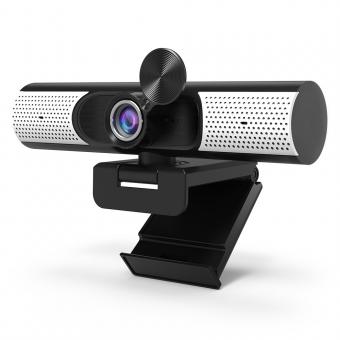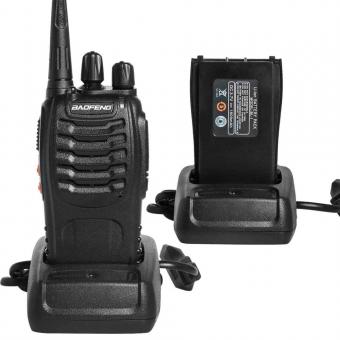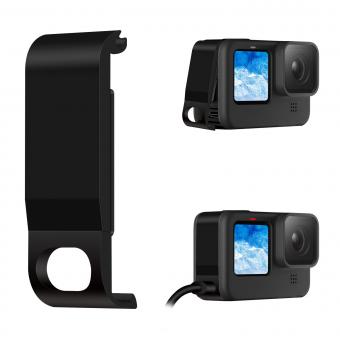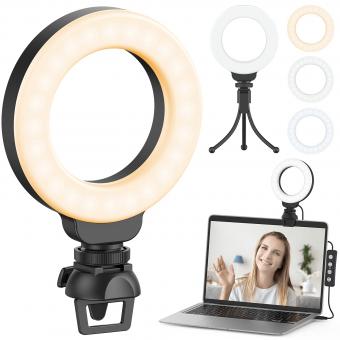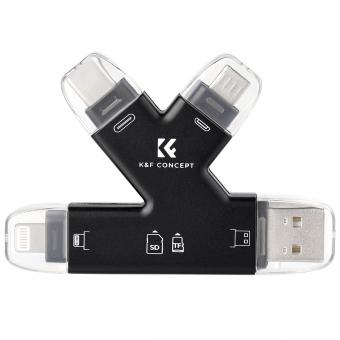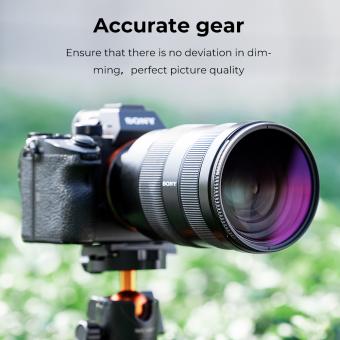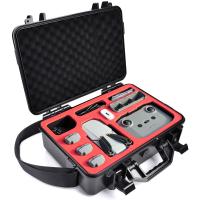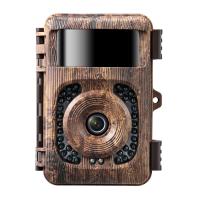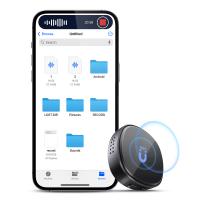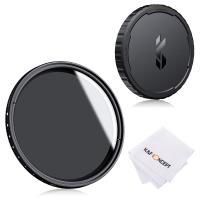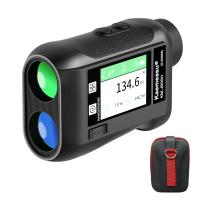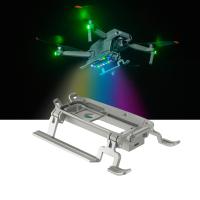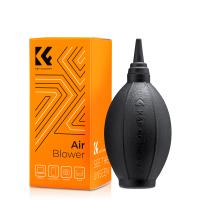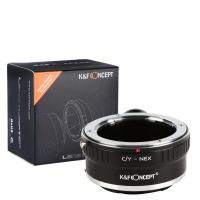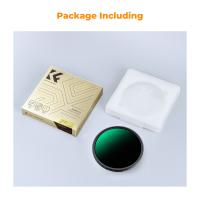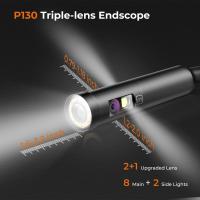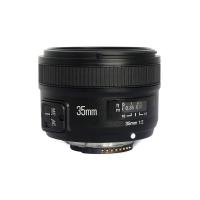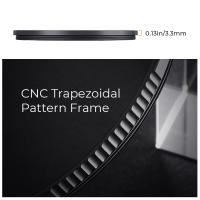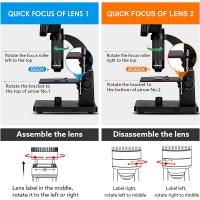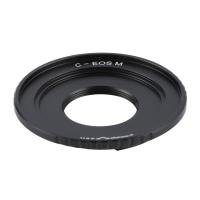What Is A Usb Microscope ?
A USB microscope is a type of microscope that connects to a computer or other device via a USB port. It uses digital imaging technology to capture and display magnified images of objects. The microscope typically has a built-in camera and a lens system that allows for adjustable magnification levels. The images captured by the microscope can be viewed in real-time on a computer screen or saved for later analysis. USB microscopes are often used in scientific research, education, and various industrial applications where detailed examination of small objects or specimens is required.
1、 Definition and Function of a USB Microscope
A USB microscope is a type of microscope that connects to a computer or other electronic device via a USB port. It is a digital microscope that uses a camera to capture images or videos of the specimen being observed and displays them on the computer screen in real-time.
The USB microscope is designed to be compact and portable, making it convenient for various applications such as scientific research, education, quality control, and hobbyist use. It typically consists of a microscope lens, a camera sensor, and built-in LED lights for illumination. The microscope lens magnifies the specimen, while the camera sensor captures the image and sends it to the computer for viewing and analysis.
One of the key advantages of a USB microscope is its ease of use. It eliminates the need for traditional eyepieces and allows multiple people to view the specimen simultaneously on a larger screen. Additionally, the digital nature of the microscope enables the capture of high-resolution images and videos, which can be saved, shared, or further analyzed using image processing software.
USB microscopes also offer various features and capabilities depending on the model. Some models have adjustable magnification levels, allowing users to zoom in and out on the specimen. Others may have measurement tools, allowing for precise measurements of the observed objects. Some advanced models even offer polarized light or fluorescence capabilities for specialized applications.
In recent years, USB microscopes have become more affordable and accessible, thanks to advancements in technology. They have found applications in fields such as biology, medicine, electronics, and material science. With their versatility and convenience, USB microscopes have become an essential tool for researchers, educators, and enthusiasts alike.
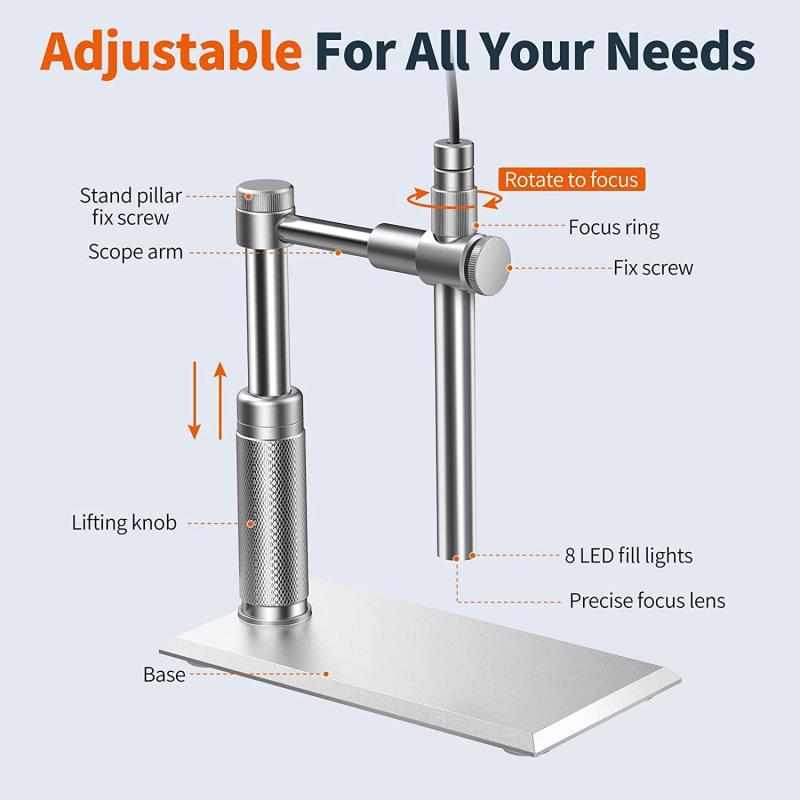
2、 Components and Features of a USB Microscope
A USB microscope is a type of microscope that connects to a computer or other electronic device via a USB port. It allows users to view and capture magnified images or videos of objects that are too small to be seen with the naked eye.
The main components of a USB microscope include a lens, a camera sensor, and a built-in LED light source. The lens is responsible for magnifying the object being observed, while the camera sensor captures the image and sends it to the connected device. The LED light source illuminates the object, ensuring clear and detailed images.
One of the key features of a USB microscope is its ability to capture and record images or videos. This allows users to document their observations and share them with others. Additionally, many USB microscopes come with software that enables users to measure and analyze the objects they are observing.
USB microscopes are commonly used in various fields such as science, education, research, and quality control. They are particularly useful for examining small objects like insects, plants, circuit boards, and jewelry. They are also popular among hobbyists and enthusiasts who enjoy exploring the microscopic world.
In recent years, USB microscopes have become more advanced and user-friendly. Some models offer higher magnification levels, improved image quality, and adjustable lighting options. Others are portable and lightweight, making them convenient for fieldwork or on-the-go observations.
Overall, a USB microscope is a versatile tool that allows users to explore and study the microscopic world with ease. Its ability to connect to electronic devices and capture images or videos makes it a valuable asset in various industries and educational settings.
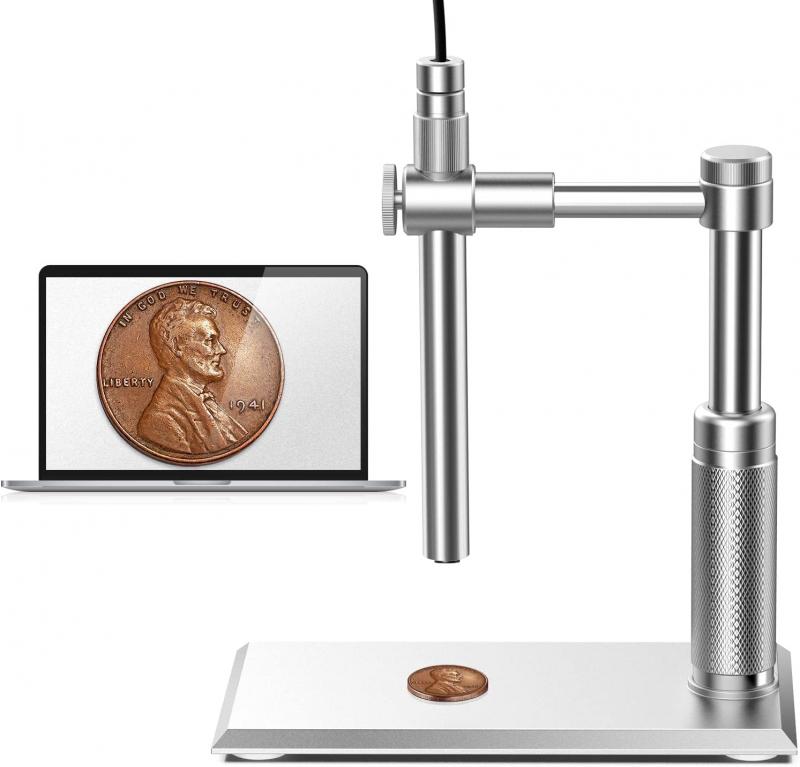
3、 Applications and Uses of USB Microscopes
A USB microscope is a type of microscope that connects to a computer or other electronic device via a USB port. It is a compact and portable device that allows users to view and capture images or videos of objects at a high magnification level.
USB microscopes are commonly used in various fields and have a wide range of applications. In the field of science and research, they are used for examining and analyzing small specimens such as cells, bacteria, and other microorganisms. They are also used in quality control and inspection processes in industries such as electronics, manufacturing, and pharmaceuticals.
One of the key advantages of USB microscopes is their ease of use and convenience. They are often plug-and-play devices, requiring minimal setup and installation. This makes them suitable for both professional and amateur users. Additionally, USB microscopes are often equipped with built-in LED lights, allowing for better illumination and visibility of the specimen being observed.
The latest point of view on USB microscopes is their increasing popularity in the field of education. With the rise of remote learning and online education, USB microscopes have become valuable tools for teachers and students. They enable students to explore and study microscopic objects from the comfort of their own homes, enhancing their understanding and engagement in science subjects.
Furthermore, USB microscopes are also being used in the field of forensics, allowing investigators to examine and document evidence in a more detailed and accurate manner. They are also utilized in the field of dermatology for skin analysis and diagnosis.
In conclusion, USB microscopes are versatile tools with a wide range of applications. They are used in various fields such as science, research, education, quality control, and forensics. Their ease of use, portability, and ability to capture high-resolution images make them valuable assets in today's digital age.
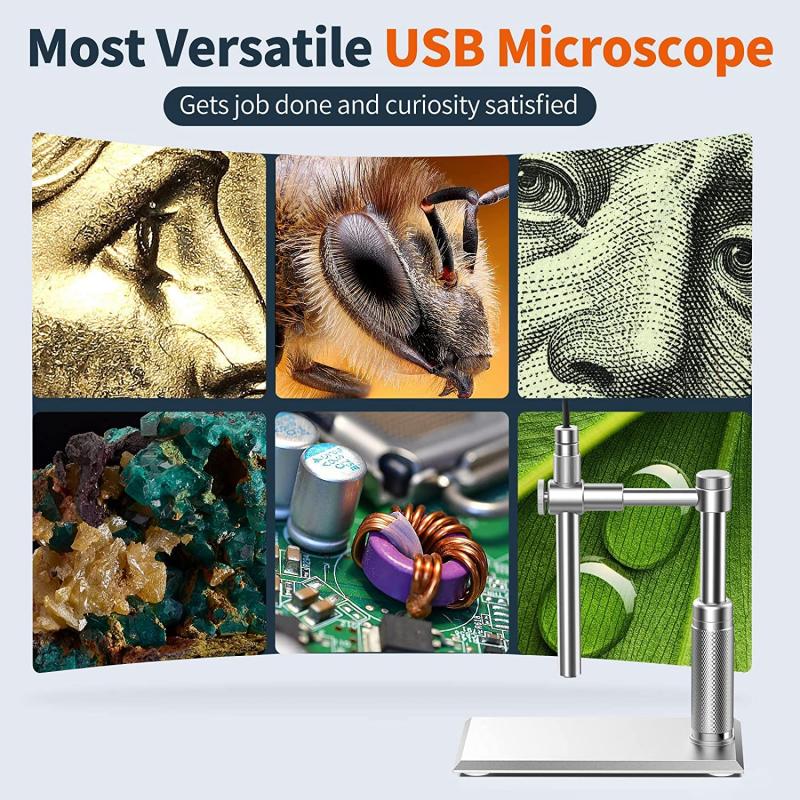
4、 Advantages and Limitations of USB Microscopes
A USB microscope is a type of microscope that connects to a computer or other electronic device via a USB port. It uses digital imaging technology to capture and display magnified images of objects on the screen. USB microscopes are commonly used in various fields such as science, education, research, and industry.
Advantages of USB microscopes include their portability and ease of use. They are compact and lightweight, making them convenient for fieldwork or on-the-go observations. USB microscopes are also relatively affordable compared to traditional optical microscopes, making them accessible to a wider range of users. Additionally, they offer the ability to capture and save images and videos directly to a computer, allowing for easy documentation and sharing of findings.
USB microscopes also have some limitations. One limitation is their lower magnification power compared to traditional microscopes. While USB microscopes can provide magnification up to a few hundred times, they may not be suitable for applications requiring higher magnification. Another limitation is the dependence on a computer or electronic device for operation. This means that a stable and compatible device is necessary for proper functioning.
In terms of the latest point of view, USB microscopes have seen advancements in recent years. Some models now offer higher magnification capabilities, improved image quality, and additional features such as adjustable lighting and measurement tools. Furthermore, the development of wireless USB microscopes has increased their versatility and convenience, allowing for easier connectivity with various devices.
Overall, USB microscopes offer a portable and cost-effective solution for magnification and imaging needs. While they may have limitations in terms of magnification power and device dependency, the latest advancements in technology have addressed some of these concerns, making USB microscopes a valuable tool in many scientific and educational applications.
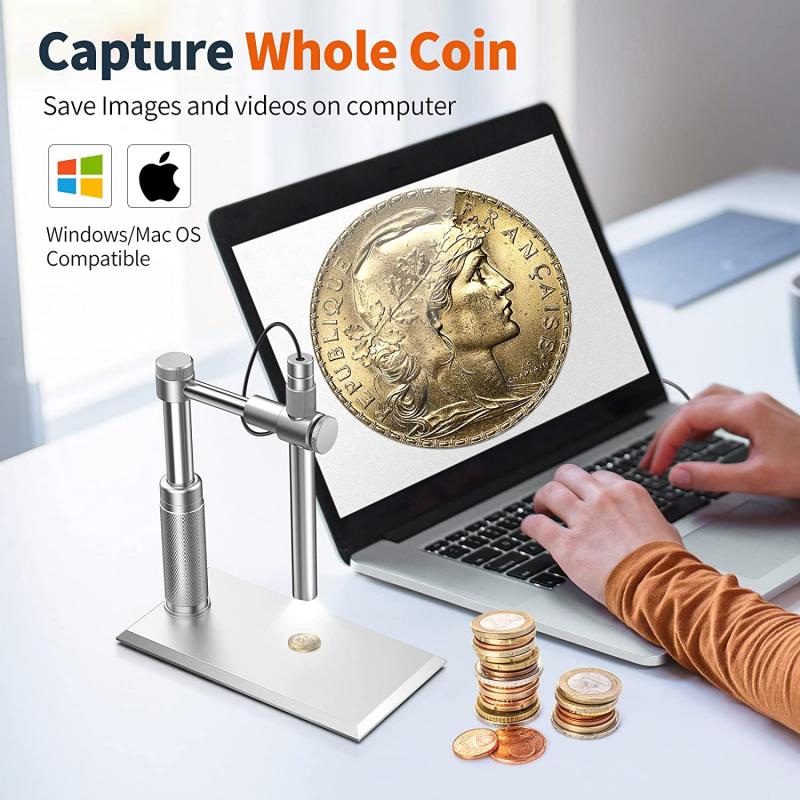


![J12 Mini-projector Outdoor-filmprojector met 100 inch-projectorscherm, 1080P, compatibel met tv-stick, videogames, HDMI, USB, TF, VGA, AUX, AV [Amerikaanse regelgeving] J12 Mini-projector Outdoor-filmprojector met 100 inch-projectorscherm, 1080P, compatibel met tv-stick, videogames, HDMI, USB, TF, VGA, AUX, AV [Amerikaanse regelgeving]](https://img.kentfaith.de/cache/catalog/products/de/GW01.0172/GW01.0172-1-340x340.jpg)
